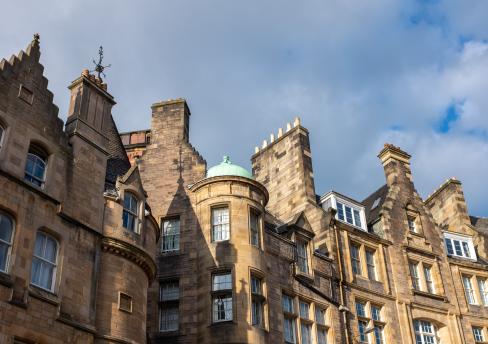
Status: Definite change already in force in Scotland.
Nature and timing of the change: LBTT, which is the Scottish replacement for SDLT, applies to Scottish property transactions from 1 April 2015.
The Land and Buildings Transaction Tax (Scotland) Act 2013 was passed in July 2013. The rates and bands were published on 9 October 2014, with changes to those for residential being announced on 21 January 2015 .
Transactions that implement contracts entered into on or before 1 May 2012 will, however, still be subject to SDLT even if they complete on or after 1 April 2015 - unless the contract was varied or assigned after 1 May 2012 or the transaction was triggered by an option exercised after that date.
The remainder of this factsheet provides a comparison on key features of SDLT and LBTT. More information is in our Briefing Note.
Method of Charge:
SDLT on commercial property is charged on the whole price if it exceeds the nil rate threshold – known as a slab tax. SDLT on residential property is (since 4 December 2014) calculated on a progressive basis (but with different rates and thresholds to those that apply for LBTT).
LBTT (for both commercial and residential property) is charged only on the excess above a threshold – known as a progressive tax.
Nil rate threshold:
SDLT has a nil rate up to £150,000 for commercial property and £125,000 for residential property.
LBTT has a nil rate up to £150,000 for commercial property and £145,000 for residential property.
Rates for commercial purchases:
For SDLT the rates are:
- 1% for between £150,001 and £250,000
- 3% for between £250,001 and £500,000
- 4% for over £500,000.
For LBTT the rates are:
- 3% for the part of the price between £150,001 and £350,000 and
- 4.5% for any excess over £350,000
Rates for residential purchases:
For SDLT the rates are:
- 2% for the part of the price between £125,001 and £250,000
- 5% for any part of the price between £250,001 and £925,000
- 10% for any part of the price between £925,001 and £1.5m and
- 12% for any excess over £1.5m.
For LBTT the rates are:
- 2% for the part of the price between £145,001 and £250,000
- 5% for the part of the price between £250,001 and £325,000
- 10% for any part of the price between £325,001 and £750,000 and
- 12% for any excess over £750,000.
Rates for Leases
This is an area where there are substantive differences between SDLT and LBTT, other than (at the moment) on the actual rates and threshold for payment on commercial leases.
For SDLT:
- 1% of the net present value (NPV) of the total rental payments (including VAT) to be made over the duration of the lease, less £150,000 (or £125,000 for a residential lease).
- NPV is calculated on the basis that the rent for any years after the end of year 5 is at the highest annual rate payable over the first 5 years, even if the lease already fixes rent for any year from 6 onwards at a higher rate.
For LBTT:
- Residential leases are exempt from LBTT (unless they are for longer than 175 years).
- Commercial leases will pay LBTT at the same rate as for SDLT on rent - but tenants will be required to submit LBTT returns every 3 years, if there is an assignation of the lease and at lease end - with LBTT being adjusted if applicable. There will be no cut off on assessment at the end of year 5, as there is with SDLT. LBTT on any capital payment will be at the same rates as for a purchase.
Licences to occupy
Licences to occupy are not subject to SDLT.
Neither are they currently subject to LBTT, although the Scottish Government have reserved the power to apply it to certain types of non-residential licences.
Reliefs
There are many reliefs from SDLT, and most are to be replicated in LBTT with the notable exception of sub sale relief.
Although there will generally be no sub sale relief from LBTT, there is a sub sale relief for development projects (excluding the development of agricultural buildings and mining and engineering work - but windfarms development is not excluded).
This sub-sale development relief is only available if a significant development is proposed. If no development is carried out within 5 years from the date of conclusion of the sub sale contract, the relief is withdrawn and the full LBTT then becomes payable. If only some development is carried out within that 5 year period, then part of the relieved LBTT will be repayable.
Collection of tax:
SDLT is collected by HMRC.
LBTT is collected by Revenue Scotland - working in conjunction with the Scottish Land Register.
Timing for payment:
SDLT is payable within 30 days of the effective date (which is usually, but not always, the completion date). SDLT does not have to be paid at the same time as submission of the tax return.
LBTT is payable at the same time as submission of the tax return, although direct bank to bank payments are permitted to arrive a few days later. The return must be submitted, and the tax paid, within 30 days of the effective date.
The content of this webpage is for information only and is not intended to be construed as legal advice and should not be treated as a substitute for specific advice. Morton Fraser LLP accepts no responsibility for the content of any third party website to which this webpage refers. Morton Fraser LLP is authorised and regulated by the Financial Conduct Authority.









